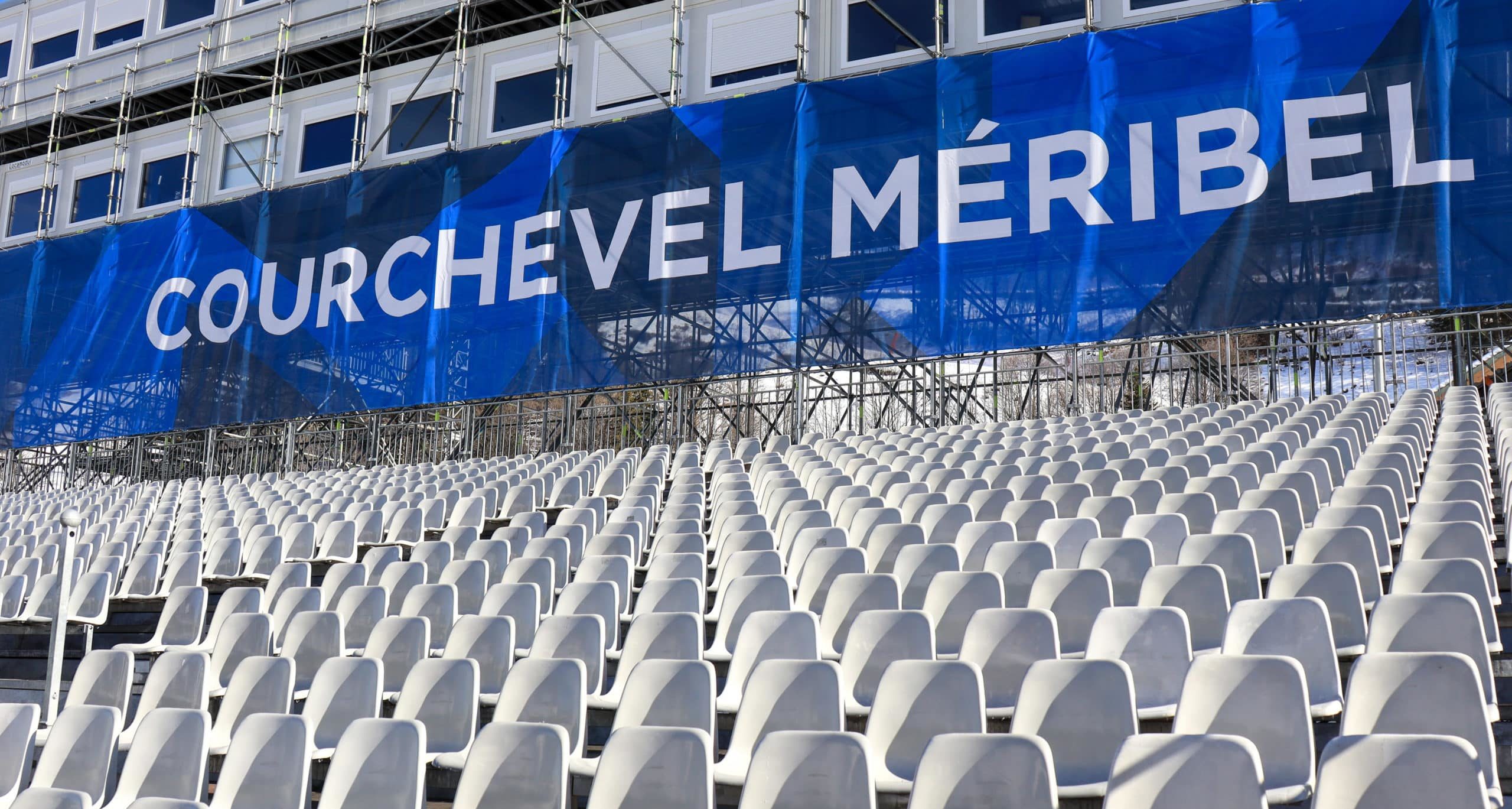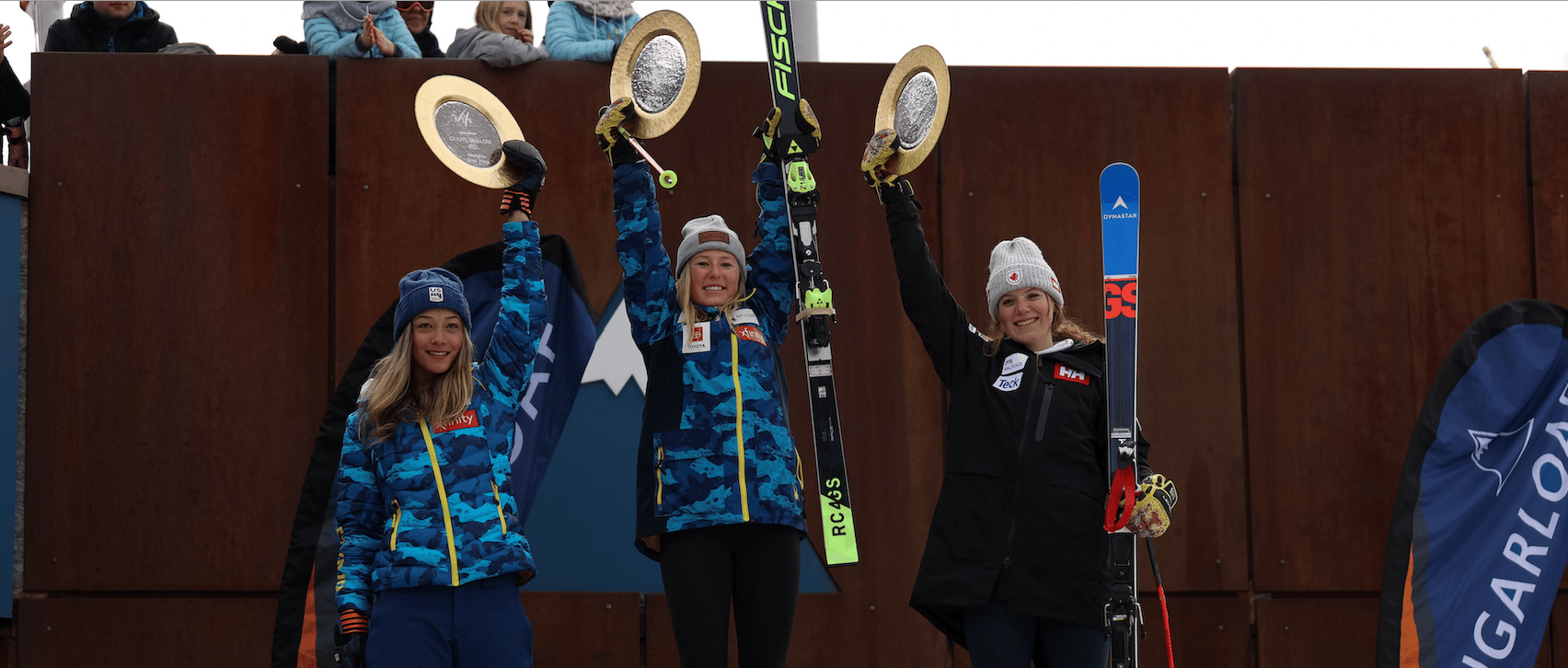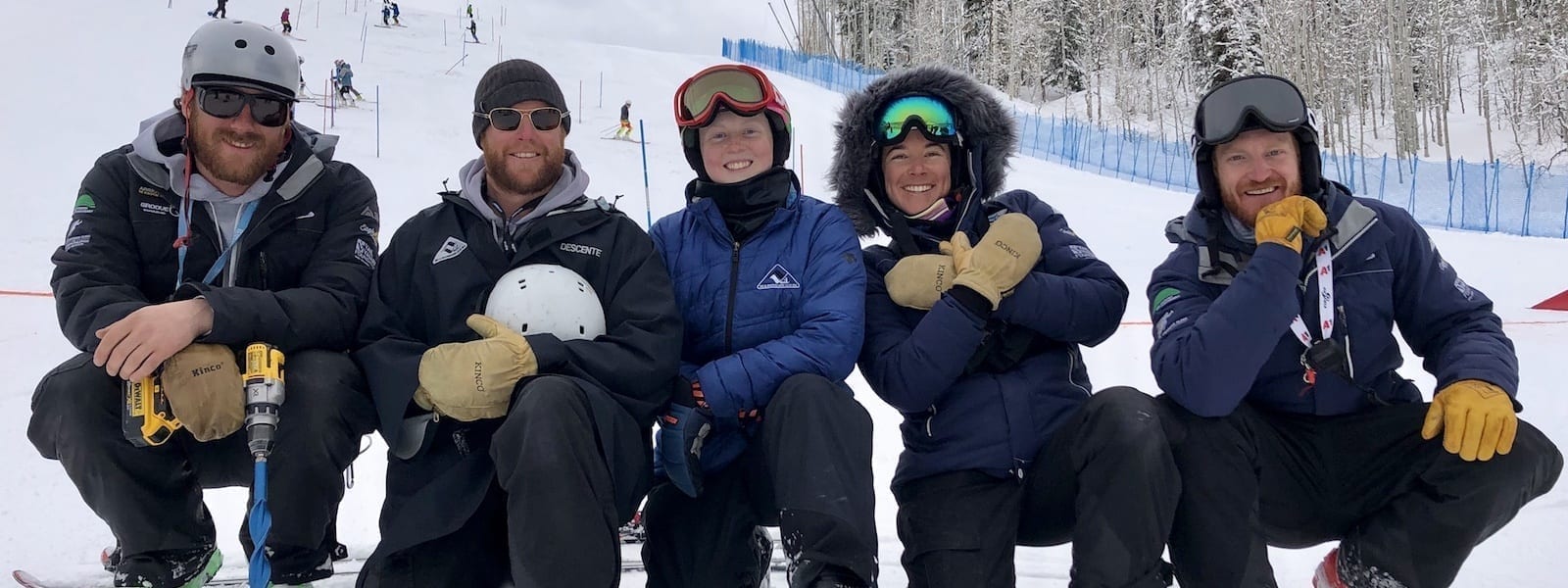How the new US men's program is going to work
 The new set-up and staffing of the US alpine national team is unique and considerably different than traditional team arrangements. It is designed to work immediately with a veteran speed team and to also allow development, at a very high level, among a decidedly younger technical squad.
The new set-up and staffing of the US alpine national team is unique and considerably different than traditional team arrangements. It is designed to work immediately with a veteran speed team and to also allow development, at a very high level, among a decidedly younger technical squad.
Head men’s coach Sasha Rearick got exactly who he wanted to staff this complex system, starting with Austrian coaching star Andreas Evers.
“Any time there was a difficult situation, poor conditions or a bad course set, or anything where coaches got nervous about something; where the coaches got riled up, as a young head coach I looked around to others to see what they were doing,” says Rearick. “What I learned was to go to Andi, and you had to go to him because he’s not that vocal. He would very calmly say ‘Yes, this is difficult our athletes need to do this’ – or – ‘That’s not safe we should not let them run.’ He has such a manner and is so calm. I would gain in 10 seconds absolute belief the situation would work out the way he said it would. … and it always did. He has tremendous respect from other coaches and from myself.”
Evers handled the purportedly tricky Austrian men’s downhill group for years. “You have to work with each guy,” he explains. You know, I was dealing with older guys in Austria; different guys. Everyone is special. You have to work as a team, but you have to work with each of the guys. Everyone goes (races) by himself… and that’s what I did. Everyone is special. You learn a lot of things if you work with each as an individual.”
He’s not spent a ton of time with the U.S. racers yet, but he has seen enough to have developed a plan. “I think we can do more. I see we have work to do on everything, on technique, on material, everything. There are so many little things you have to do to compete for the Cup. We start to do them now.”
There will be a focus on quality versus quantity and he will insist on racers being fully concentrated on every run. “The guys have to learn this, to be always very concentrated on what we do. But my first step is to bring them all back healthy.”
“Andreas Evers, he’s really really good,” says Rearick. “He has experience with a high level of athlete. He has a feeling for speed in skiing. He brings some different ideas, a different focus than what we’ve been doing. We’ve focused on dynamic skiing. He brings in a different perspective on that.”
There is that one drawback. “Andi is not a very vocal guy,” said Rearick, and he knew a spark was important, maybe especially with American men. The solution was right in front of him: TJ Lanning.
Never one to shy away from speaking his mind at team meetings and perfectly willing to call out a teammate he felt might have backed off, Lanning was struggling mightily to return from injury. Shifting gears to the coaching side seemed like a natural fit.
“It is, for sure, a change of pace,” says Lanning. “The bottom line is I like skiing too much to give it up.” His biggest concern was if “my peers,” would be supportive in his new more authoritative role. Through the first camp at Mammoth Mountain, that is not a problem.
Lanning says he is excited to see how the team responds not just to him, but to the whole change over. “The whole staff change, I think, is going to help us turn things around,” he says. “Evers knows more about downhill than anyone out there, but he’s very simple.”
Lanning says there are a myriad of little things that can create a lot of speed. Evers, he says, “will keep us from going off on tangents. Americans tend to do that.”
For his part, Lanning is more than ready to lend his voice if the situation warrants. “I won’t be afraid to call them out. Hopefully when I say ‘just stick it in there’, they will. I think it’s a little different to hear from someone who has been there.”
“The two (Evers and Lanning) together creates a balance,” says Rearick. “TJ puts some spark in the program which is important. He brings the athlete perspective to the coaching staff. He knows what it’s like to be there. TJ will be critical in that part.”
“The guys, I see they want to work with me,” said Evers. “It is good to have TJ on board. He has to learn as a coach now, but I think this can be a good thing to push the guys. … I am here, now, to learn, to get to the mind and see how these guys are working in the mind. That’s what I try to understand. From what I saw of TJ, we spoke the same language,” and he laughs, for English is clearly not his first language and he explains he communicates better when his hands can be seen. “On skiing. He thinks on the same page.”
 The other side, and more strikingly different, of the US men’s program for 2013 and beyond is the position Bernd Brunner, also an Austrian, was brought in to head up.
The other side, and more strikingly different, of the US men’s program for 2013 and beyond is the position Bernd Brunner, also an Austrian, was brought in to head up.
“The idea was – Sasha’s idea was – that some guys should have possibilities to train with the big guns – with (Ted) Ligety – but all the same they need to have their possibilities to train well so they can perform at a high level,” says Brunner. “It’s tough to come into the World Cup. It is not so easy to perform well all the time. They have to go back and forth between the World Cup and the Europa Cup or NorAms until they have reached the top 20 or so. It is always tough to make a program for those guys.”
In Brunner, Rearick thinks he’s got the right guy to oversee such a back and forth strategy. “Brunner reads people unbelievably well. He reads thoughts and emotions and knows when to push and when to lay off. That’s the same quality that makes Forest Carey such a great coach. He (Brunner) also has a foundation of fundamental skiing. He can challenge the young guys to develop skills in so many ways. He brings that feel of balance with creative challenges. He is going to bring diverse ways to get better results.”
It will take a huge effort just in terms of logistics. Asked point blank if it can succeed, Brunner answers without hesitation: “I think so, for sure. It will be a matter of time. There are always injuries and stuff like that (to overcome).” He says the preparation plan is identical to that of the World Cup tech team. “It really looks like a good bunch. If we work all together then we can really push each other. If the coaches, athletes, everybody feels really interested than we can make the next step. We can do it in one or two years.”
– Hank McKee
Gepa photos





















